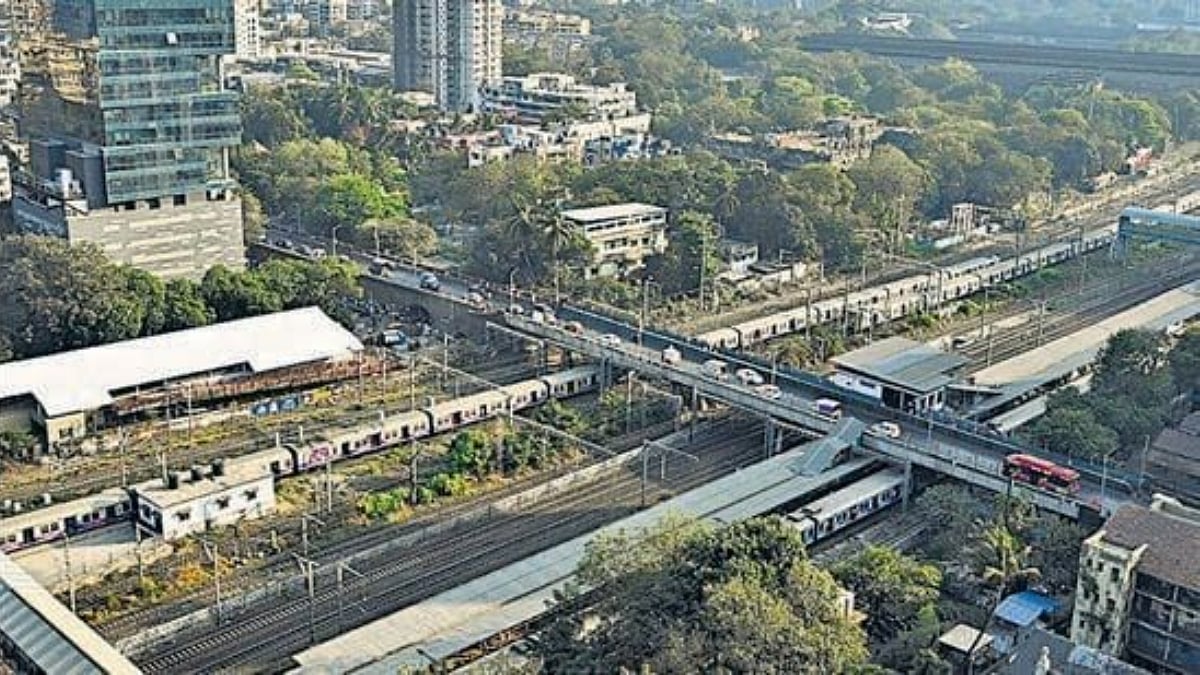The Mumbai Metropolitan Region Development Authority (MMRDA) is making rapid progress on the Sewri-Worli Elevated Connector, a crucial 4.5-km link that will enhance connectivity between Atal Setu, Bandra-Worli Sea Link, and the upcoming Mumbai Coastal Road. Designed as a four-lane divided elevated corridor, the project is a key element of Mumbai’s traffic dispersal system and aims to streamline travel for commuters between Navi Mumbai, Central Mumbai, and South Mumbai.
With 60% of the work already completed, the project includes the construction of two Road Over Bridges (ROBs)—one at Sewri Station across the Harbour Railway Line and another at Elphinstone Road (Prabhadevi) across the Central and Western Railway lines. These ROBs are critical to the project’s execution but also pose significant engineering challenges, particularly at Elphinstone Road.
One of the most complex aspects of the project is the construction of a new double-decker bridge near Prabhadevi Railway Station. The existing structure, over 100 years old and just 13 meters wide, is set to be demolished and replaced by a modern ROB. The new bridge will feature two decks: the first level will have a 2+2 lane carriageway connecting Dr. Babasaheb Ambedkar Road and Senapati Bapat Road, while the second level will facilitate traffic movement from Atal Setu to Worli.
“The Elphinstone ROB is one of the most challenging elements of the Sewri-Worli Connector. Given its age and strategic location over the suburban railway network, dismantling and reconstruction must be executed with extreme precision,” said a senior official from MMRDA. “We are deploying advanced engineering techniques, including the Push-Pull method for erecting the heavy steel superstructure, while ensuring the safety of railway operations and commuters,” he added.
The demolition of the existing bridge and construction of the new ROB will require careful planning and coordination with railway authorities. The structure will feature two massive spans—one measuring 95 meters with a weight of approximately 3,000 metric tonnes, and another 37 meters long, weighing around 1,200 metric tonnes.
The key challenges include:
Dismantling the existing bridge using heavy-duty cranes, including two with an 800 MT capacity and a standby crane of 500 MT.
Executing the work over active railway tracks, requiring time-block approvals from both Central and Western Railway.
Limited working space due to surrounding properties, necessitating precise logistical management.
Local utility diversions to accommodate new approach structures at both ends of the bridge.
A 12-month completion target, during which a section of the road between Dr. Babasaheb Ambedkar Road and Senapati Bapat Marg will be closed, pending traffic police approval.
Once completed, the Sewri-Worli Connector is expected to reduce congestion and disperse 15-20% of vehicular traffic from Atal Setu, significantly easing commutes across Mumbai. The project is seen as a game-changer for the city’s transport network, offering a seamless and signal-free travel experience for thousands of daily commuters.
